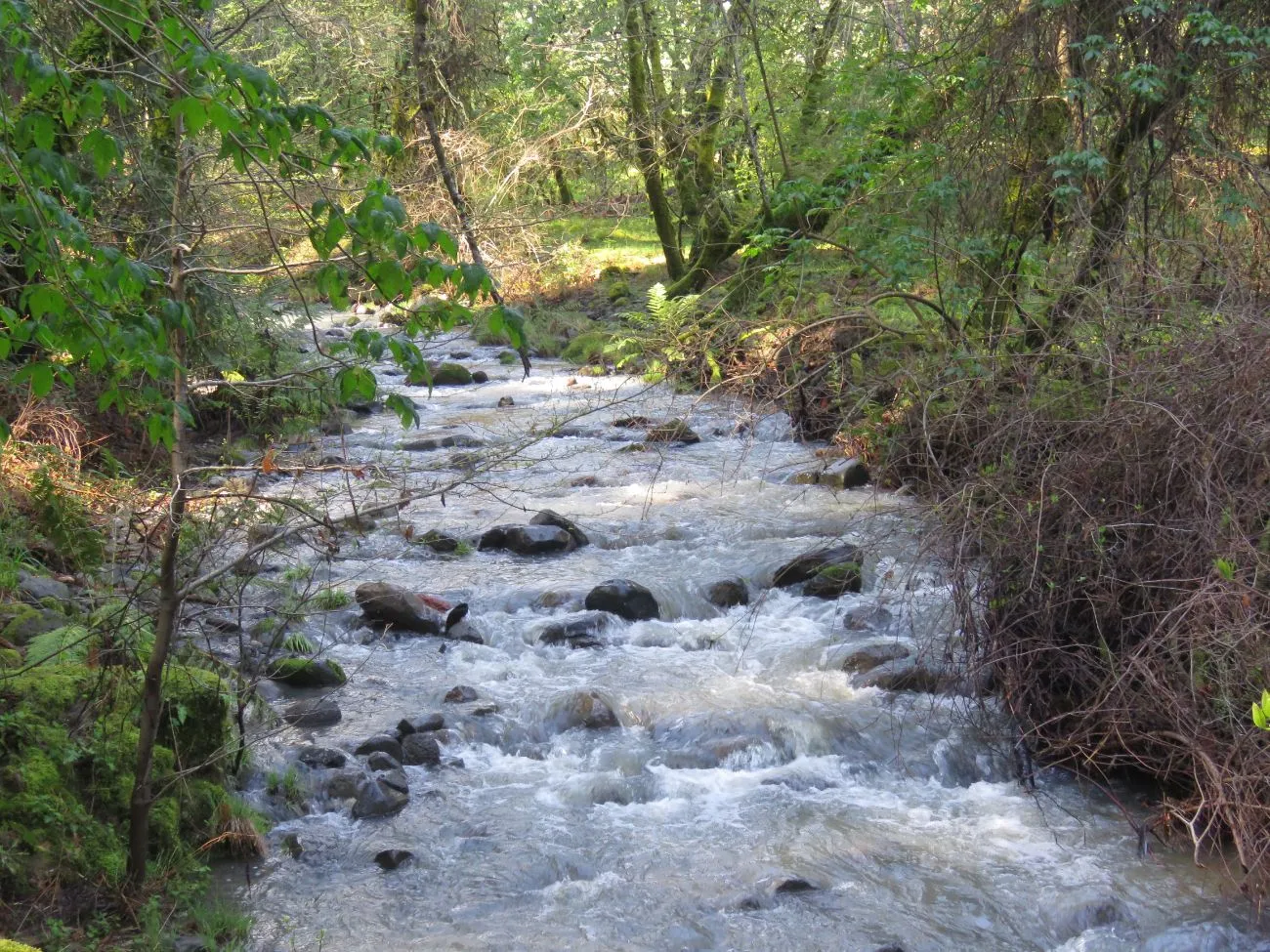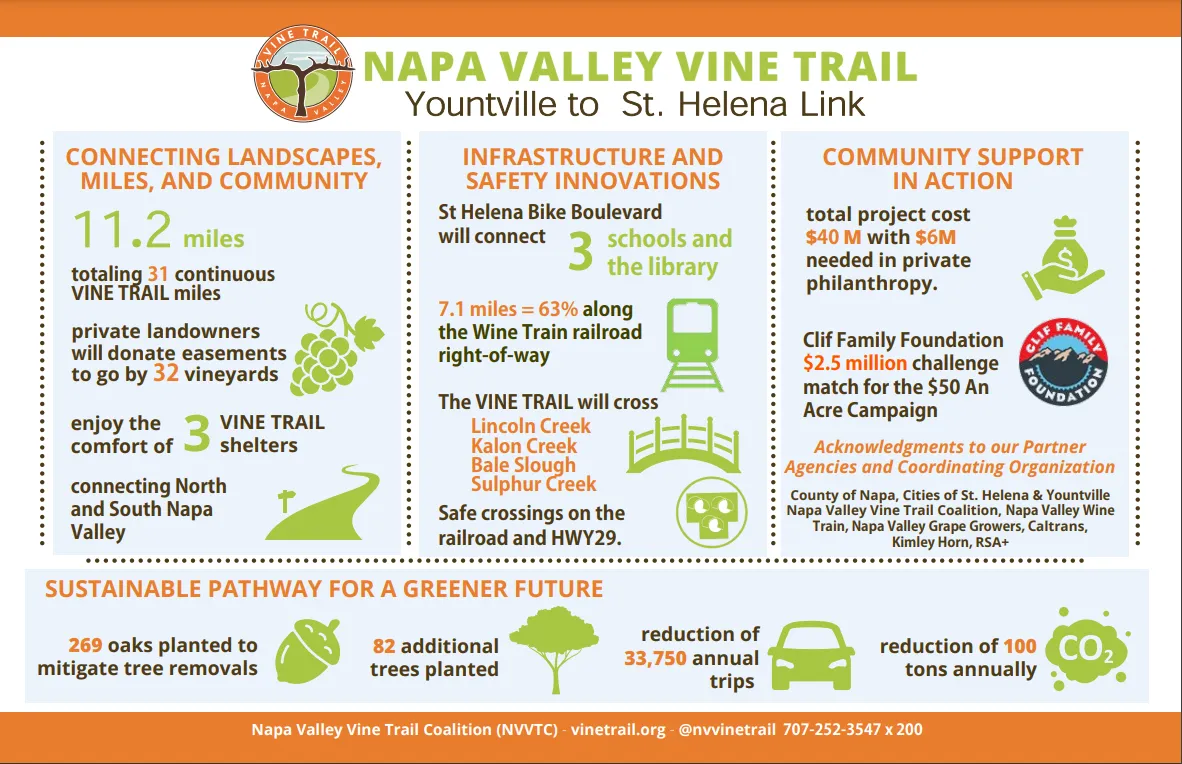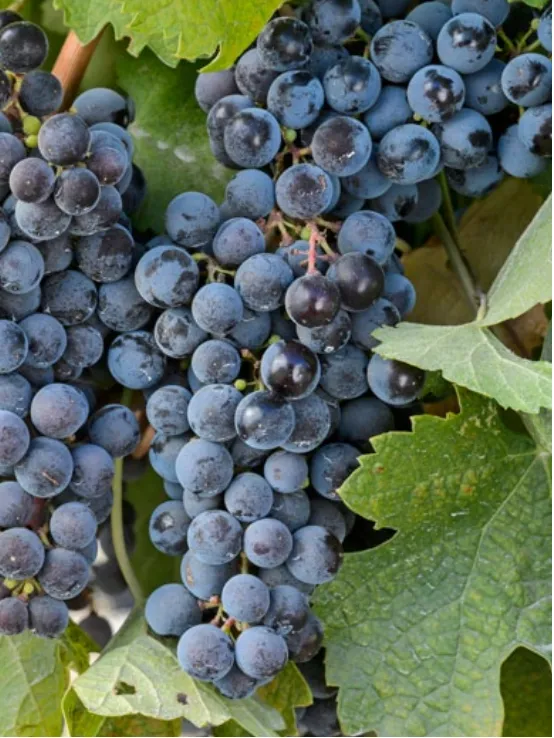What better time is there than Thanksgiving to think about taking a walk? Though, actually, with few exceptions, you can enjoy hiking in the Napa Valley year-round. And what a healthy, inspiring and educational way to spend a day. Cool mornings and blue skies beckon you to the trails. Whether it is one of the California state parks or a Napa County Regional Park, the variety of views within the Napa Valley landscape provides hikers an ever-changing story in their diverse flora and fauna.
The history of Napa runs deep and gives one reason for reflection while hiking the hills. According to documents by famed anthropologist Robert Heizer and the Napa Valley Historical Society, the First People here were the Wappo, Patwin and Lake Miwok tribes who found everything necessary for full, rich lives for thousands of years. The lakes, streams and waterways provided plenty of fish and fowl, while the grand oak trees and other plants gave acorns and foods for sustenance as well as medicine and shelter.
The geology of the valley provided obsidian from the igneous rock of Glass Mountain with which a variety of tools such as arrowheads, fishhooks and spears were fashioned by experts in their villages.
Oat Hill Mine Trail
Oat Hill Mine Trail can be found in Calistoga near the intersection of Highway 29 and the Silverado Trail. This eight-mile path is a historic walk through time as it is the historic route linking Calistoga and Aetna Springs Road in Pope Valley. (Note: only the Highway 29 access is open as of this writing.)
Constructed in 1873, the Oat Hill Mine Road required approximately 20 years to finish. A portion of this trail was utilized to transport mercury, or quicksilver as it was called, for use in the many silver and gold mines. Today, the mercury mines are closed to the public.
Mercury was once heated and condensed via a multi-step process, then the liquid-like substance was stored in iron or steel flasks. Freight wagons transported the precious, heavy cargo down the precipitous trail to an awaiting train at the Calistoga Depot. If you hike far enough up the trail, you can still see wagon-wheel impressions ground into the dirt. Today the Calistoga Depot is designated as California Historical Landmark number 687. Built by none other than Sam Brannan in 1868, it is famed as the second-oldest enduring railroad station in the state.

The Oat Hill Mine trail, shared by equestrians and bicyclists, rises in elevation from 400 feet to around 2,000 feet at the palisades and provides a birds-eye view of the Napa Valley below. With each turn in the trail you will be rewarded with swaths of California’s state moss, called lace lichen (Ramilina menziesii), sometimes known as Spanish moss, as it appears to float from its host oak branches. You will pass through gray pine, cypress, Douglas fir and other trees that play host to numerous species of birds. Dramatic turkey vultures glide in the skies, and acorn woodpeckers, scrub jays and a variety of hawks can be spotted, along with other birdlife. You will walk along chaparral as well as grasslands, which are their own reward when they provide showy swaths of wildflowers in the spring.
American Canyon's Napa River Bay Trail
Owned by the city of American Canyon and the state of California, the Napa River Bay Trail is more than 10 miles of paths that provide opportunities for plenty of wetland and wildlife viewing. Managed by Napa County Parks and Open Space District and the California State Fish and Wildlife Department, the Napa River Bay Trail includes segments of the San Francisco Bay Trail. This is an interconnected watershed system that offers public access to the Napa River and includes low-lying floodplains, mudflats and wetlands along with riparian bands of land that are home to many reptiles, mammals, fish and more.
The trail is a bird-watcher’s paradise. American avocets frequent the area and are recognized by long, curved bills that are put to use in procuring prey such as small invertebrates that make their homes in the shallow waters. Also seen are egrets, mute swans, northern shovlers, pied-billed grebes, green-winged teal, common gallinules, hummingbirds and many more species.
The trail has interpretive signs posted along the way that give rich information, such as the one that informs visitors that the land was once the home of indigenous Patwin people for thousands of years. They thrived here by making use of the marsh plants for beautiful, utilitarian baskets woven from plants found in the vicinity. Tule reed was constructed into boats and huts. Other plants were fashioned into baskets for carrying water, baby baskets, burden baskets for carrying large loads, fish traps and more.

It is exhilarating to know that the Napa River makes its 55-mile journey from just south of the summit of Mount St. Helena in the Mayacamas Mountains to the San Pablo Bay. It is fed by myriad tributaries before its arrival at the wetlands at American Canyon’s Napa-Sonoma marshes that drain into the bay. Prior to the 1950s, the land here, along with the San Francisco Bay, once featured tidal marshes that were miles. These rich marshes, with their abundance of plant life such as tule reed, pickleweed and other natives species of marsh plants, created a natural filter for the water.
The wetland habitat was home to numerous fish and bird species as it provided spawning and nesting areas and plenty of food. However, by the 1950s, about 85 percent of the marshlands had been removed, destroyed or filled in. Today, scientists study the importance of wetlands habitat and have discovered that reclaiming wetlands is a practical way to collect carbon in order to create carbon sequestration. Science tells us that carbon sequestration may slow the negative climate change effects that the world is experiencing, such as extreme weather events, fires and rising sea levels.
Long ago, a portion of this trail was an American Canyon landfill site. A section of the trail is named Glass Beach because remnants of the old landfill now gleam in the sunshine, proving that, yes, it was indeed a dump back in the day.
Bothe-Napa Valley State Park
A rush of water is audible once you are on the Redwood Trail at Bothe-Napa Valley State Park, situated off St. Helena Highway, four miles south of Calistoga. That's the music of Ritchey Creek inviting you to take a closer look at creek life beneath the shade of the forest.
The creek banks host lovely native ferns such as maidenhair, coffee and goldenback that thrive under the towering redwoods and evergreens. Besides enjoying the serenity under a stand of madrone or oak, you will relish taking in the sights and sounds of the many bird species that thrive here. Large pileated woodpeckers and a half-dozen other woodpecker species can be heard and viewed, along with several species of hawks, white-breasted nuthatches, western bluebird, American robins, Stellar's jays and more.
With the changing moods of Earth’s seasons, lofty trees offer a show of light and color, as evidenced by the occasional swirl of kaleidoscopic leaves drifting down from above.
The nearly 2,000-acre park is operated jointly by Napa County Regional Park and Open Space District and Napa Valley State Parks Association. Its five hiking trails ensure that you can return time after time and never have the same view twice. Elevations vary from 300 feet to 2,000 feet, further ensuring flora and fauna diversity.
While visiting Bothe-Napa Valley State Park be sure to make time to wander through the native plant garden and learn about the First People of the Napa Valley. The short interpretive trail will teach you about native plant use that is still important today. Whether it is the California buckeye, manzanita, soap root or any of a plethora of distinctive plants, you are sure to enjoy learning about the rich and varied life of the Wappo people.
The park also offers an educational visitor center that occupies the 1860s Tucker House. Tent and RV camping is available here, as well as some unique yurts.
For dozens of other hiking opportunities available in the Napa Valley, and to view current park closures, be sure to visit Napa County Regional Park and Open Space District's website at https://napaoutdoors.org/.
For scheduled hikes led by a variety of experts, you may want to look up the Napa Valley Chapter of the California Native Plant Society, one of 35 statewide nonprofit organizations that share a common interest in native plants, or the Land Trust of Napa Valley, also a nonprofit, dedicated to preserving and protecting land in the Napa Valley.
Kathleen Scavone is a Northern California writer and naturalist. Contact her at kgscavone@gmail.com.








